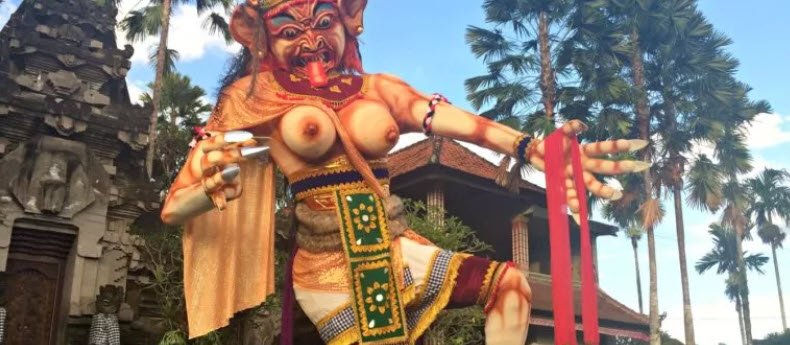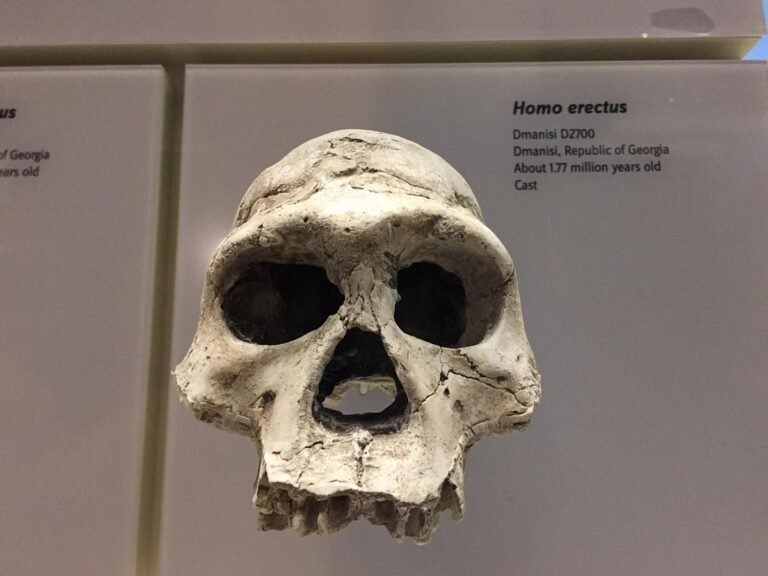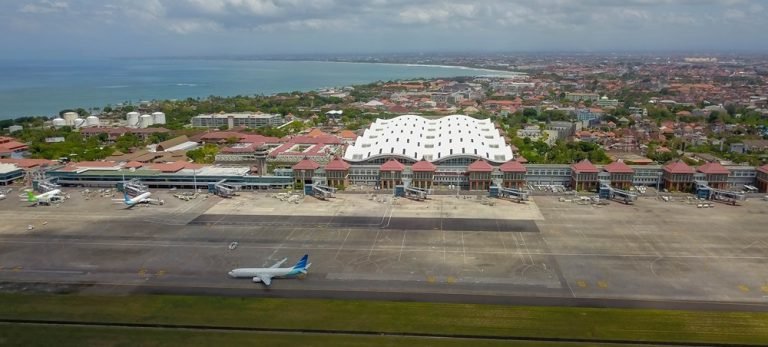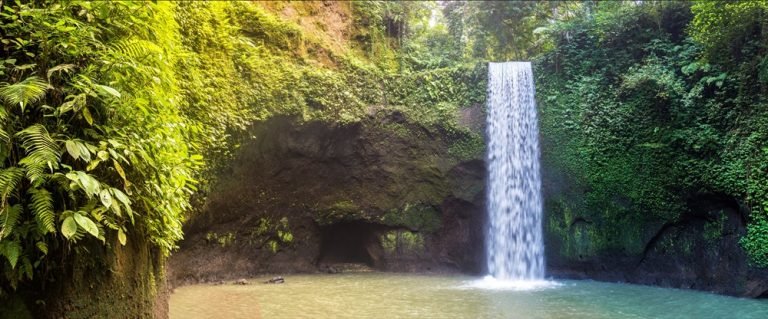What To Expect During Nyepi Day In Bali (What is an Ogoh-Ogoh?)
Nyepi Day is a unique New Year celebration that you will never see anywhere on the planet apart from Bali. The people of Bali celebrate Saka, which is the other name for Nyepi, in silence. This is the quietest day in the calendar year of Bali, where all people on the island, including visitors, are required to abide by the local rules that guide the New Year celebrations in Bali. Nyepi Day is a public holiday that is observed on the entire island of Bali where people remain silent, meditating, and fasting for 24 hours. All roads, the beaches, and the airport are completely closed. The day is observed from 6 a.m. till the next morning at 6 a.m. and is purely reserved for self-reflection.
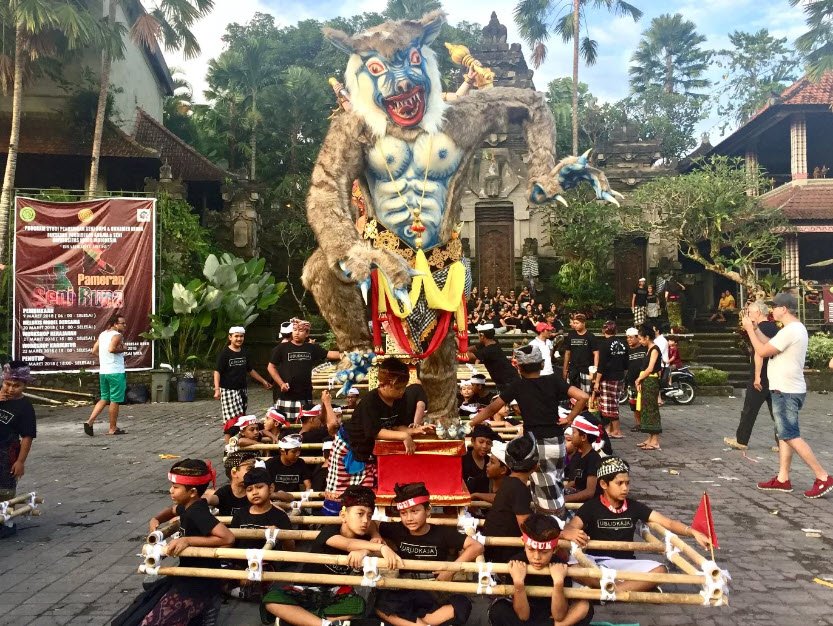
Nyepi Day celebration comes with a number of restrictions such as no working, no lighting fires (where necessary, light must be kept very low), no pleasure or entertainment, no talking or eating, and no traveling. Following these restrictions, you’ll notice the streets and roads in Bali are empty with no signs of activities. Everyone is expected to remain indoors except Pecalang security men who’re allowed to patrol Bali streets to ensure the rules are followed. Although tourists are allowed to do what they want inside their resorts, no one is expected to go to the streets, beaches, or even the airport which remains closed for the whole day. Some of the exceptions allowed on this day include emergency vehicles that respond to life-threatening situations and women who’re about to give birth.
The New Year celebration in Bali is a worthy experience for anyone looking for something unique. Some people like to visit Bali a few days before or after Nyepi Day, but you don’t get to see the rare highlights that happen on this special day. Contrary to other cultures across the world where New Year celebrations are very dynamic and sparkling, the people of Bali celebrate their New Year differently by observing total silence. Most Balinese regard this day as their much-anticipated occasion. Several weeks leading up to Nyepi Day, you’ll notice preparations taking place in many villages in Bali. Some of the noticeable structures are Banjar (village meeting halls) and papier-mâché effigies also known as ogoh-ogoh.
New Year rituals begin three days before the special day, where Melasti purification ceremonies are conducted on beaches. You’ll see villagers making their pilgrimage to the island coast where they’re expected to carry sacred temple objects for the purpose of cleansing and blessings. Thousands of villagers are normally dressed in white before they make their way to the coast to give their offerings.
Here are some of the rituals performed before, during, and after Nyepi Day:
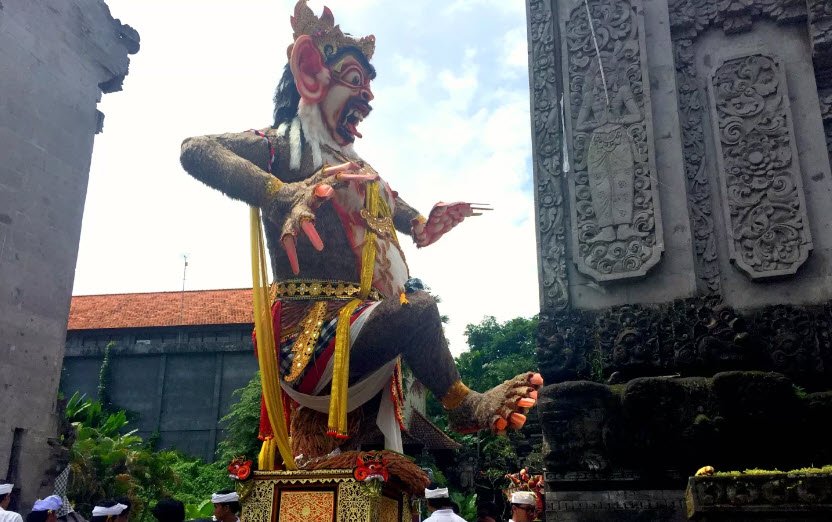
Melasti Ritual:
A few days before Nyepi Day, several rituals are performed in different parts of Bali. One of these rituals is Melasti which is carried out 3-4 days prior to Saka Day and is performed near the sea. This ritual usually takes place at Pura temple although a similar ritual is also done at Balekambang Beach.
Bhuta Yajna Ritual:
It’s a common ritual that is done a day before New Year’s Day. The purpose of this ritual is to scare away the negative elements that are on the island to have a good balance with Nature, God, and Mankind. It’s also an opportunity for the Balinese to win over Batara Kala through Pecaruan offerings. During this ceremony, animals such as cows, bulls, pigs, and chickens are used as offerings. The main idea of performing this ritual is to chase away evil spirits by making loud noise.
Nyepi Day:
This is the most important day that is observed on the entire island by maintaining silence for 24 hours. On Nyepi’s eve, you’ll see ogoh-ogoh parades where Balinese men carry large creatures on the streets while making lots of noise together with gamelan music. Ogoh-ogoh is carried using a bamboo grid followed by a large group of gamelan musicians. The ogoh-ogoh are rubber, plastic, foam, and papier-mâché creatures usually in the form of demons, monsters, and mythological beings. Each banjar (village) creates their own both to take part in contests but also as a purification ritual to rid the mind, body, and environment of spiritual pollutants. On the night before Nyepi Day, the ogoh-ogoh will be taken to a cemetery and cremated to release evil spirits so that they will cease harming human beings.
Ngembak Agni Ritual:
This celebration comes after Nyepi Day where Balinese visit their families and friends and exchange forgiveness. This is also a day when they read ancient scripts such as Sloka, Kekidung, and Kekawi while performing Dharma Canthi. They also use this occasion to perform the Omed-omed, also known as The Kissing Ceremony.
Dharma Shanti Ritual:
It’s among the last rituals that is marked by reciting the old scriptures. Dharma Shanti is also used to mark the end of New Year celebrations which is also viewed by Balinese as the sacred week.

